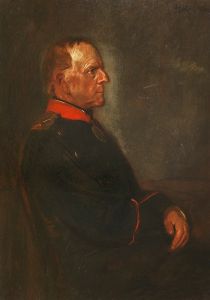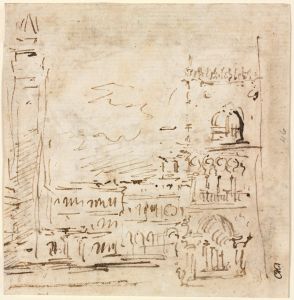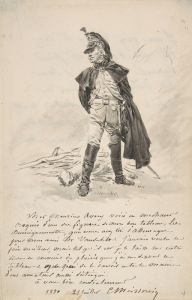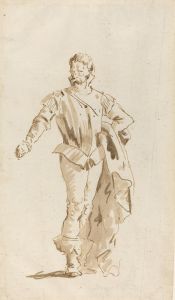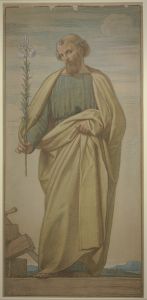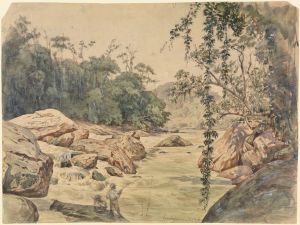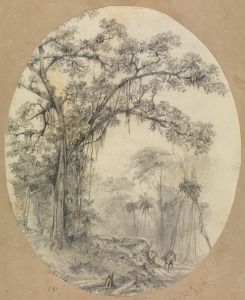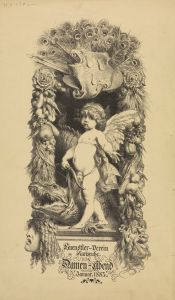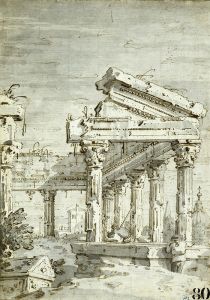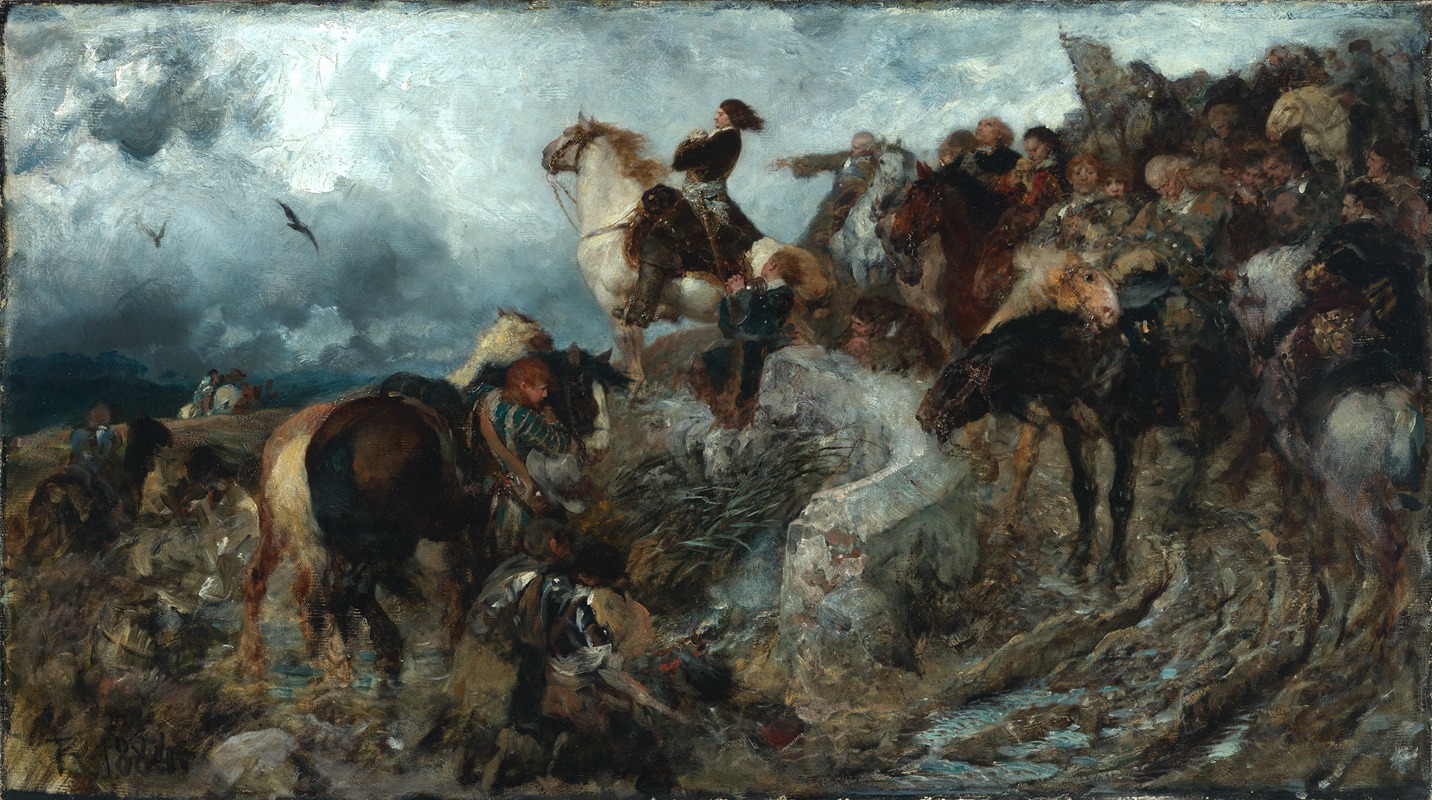
Der Große Kurfürst vor der Schlacht bei Fehrbellin
A hand-painted replica of Ferdinand Keller’s masterpiece Der Große Kurfürst vor der Schlacht bei Fehrbellin, meticulously crafted by professional artists to capture the true essence of the original. Each piece is created with museum-quality canvas and rare mineral pigments, carefully painted by experienced artists with delicate brushstrokes and rich, layered colors to perfectly recreate the texture of the original artwork. Unlike machine-printed reproductions, this hand-painted version brings the painting to life, infused with the artist’s emotions and skill in every stroke. Whether for personal collection or home decoration, it instantly elevates the artistic atmosphere of any space.
"Der Große Kurfürst vor der Schlacht bei Fehrbellin" is a painting by the German artist Ferdinand Keller, completed in 1875. This artwork depicts Frederick William, known as the Great Elector of Brandenburg, before the Battle of Fehrbellin, a significant military engagement that took place on June 28, 1675. The battle was part of the larger conflict known as the Scanian War, which involved several European powers, including Sweden and Brandenburg-Prussia.
Ferdinand Keller, born in 1842 in Karlsruhe, was a prominent German painter known for his historical and genre scenes. He studied at the Academy of Fine Arts in Karlsruhe and later in Munich, where he was influenced by the works of the Munich School, known for its realistic style and attention to detail. Keller's interest in historical subjects is evident in his choice to depict the Great Elector, a key figure in the history of Brandenburg-Prussia.
The painting captures a moment of anticipation and leadership as Frederick William prepares for the upcoming battle. The Great Elector is portrayed with a commanding presence, reflecting his reputation as a strong and decisive leader. The Battle of Fehrbellin was a turning point in the conflict against Sweden, as the Brandenburg forces successfully repelled the Swedish army, marking a significant victory for Frederick William and enhancing his status as a military leader.
Keller's work is characterized by its meticulous attention to historical accuracy and detail. In "Der Große Kurfürst vor der Schlacht bei Fehrbellin," he carefully renders the period costumes, weaponry, and the overall atmosphere of the 17th century. The painting not only serves as a historical document but also as a tribute to the leadership and strategic acumen of Frederick William.
The significance of the Battle of Fehrbellin extends beyond its immediate military outcome. It marked the rise of Brandenburg-Prussia as a formidable power in Northern Europe. Frederick William's victory demonstrated the effectiveness of his military reforms and his ability to mobilize and lead his forces against a superior enemy. This battle laid the groundwork for the future expansion and consolidation of the Prussian state.
Keller's painting is housed in the Staatliche Kunsthalle Karlsruhe, a museum that holds a significant collection of German art. The artwork is an important piece within the museum's collection, offering insight into the historical events that shaped the region and the artistic movements of the 19th century.
Through "Der Große Kurfürst vor der Schlacht bei Fehrbellin," Ferdinand Keller not only commemorates a pivotal moment in European history but also showcases his skill in capturing the essence of historical figures and events. The painting remains a valuable cultural artifact, reflecting both the historical significance of the Great Elector's achievements and the artistic trends of Keller's time.





